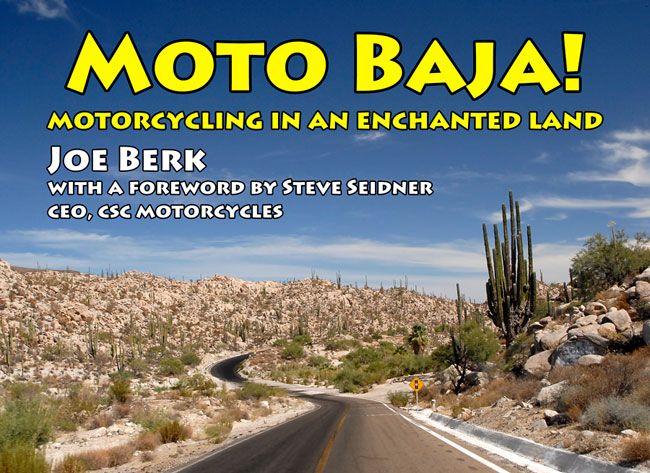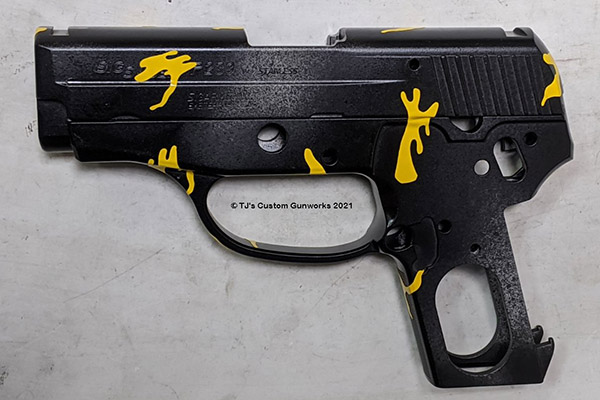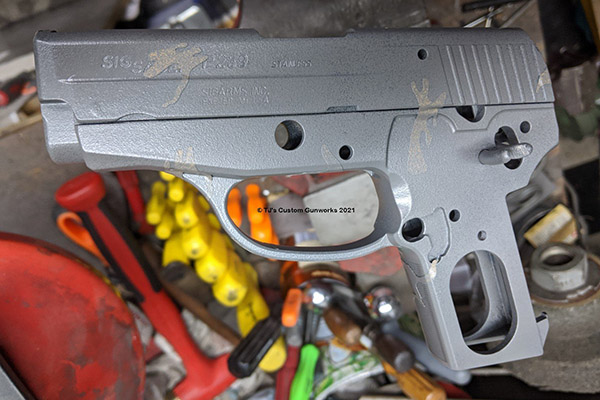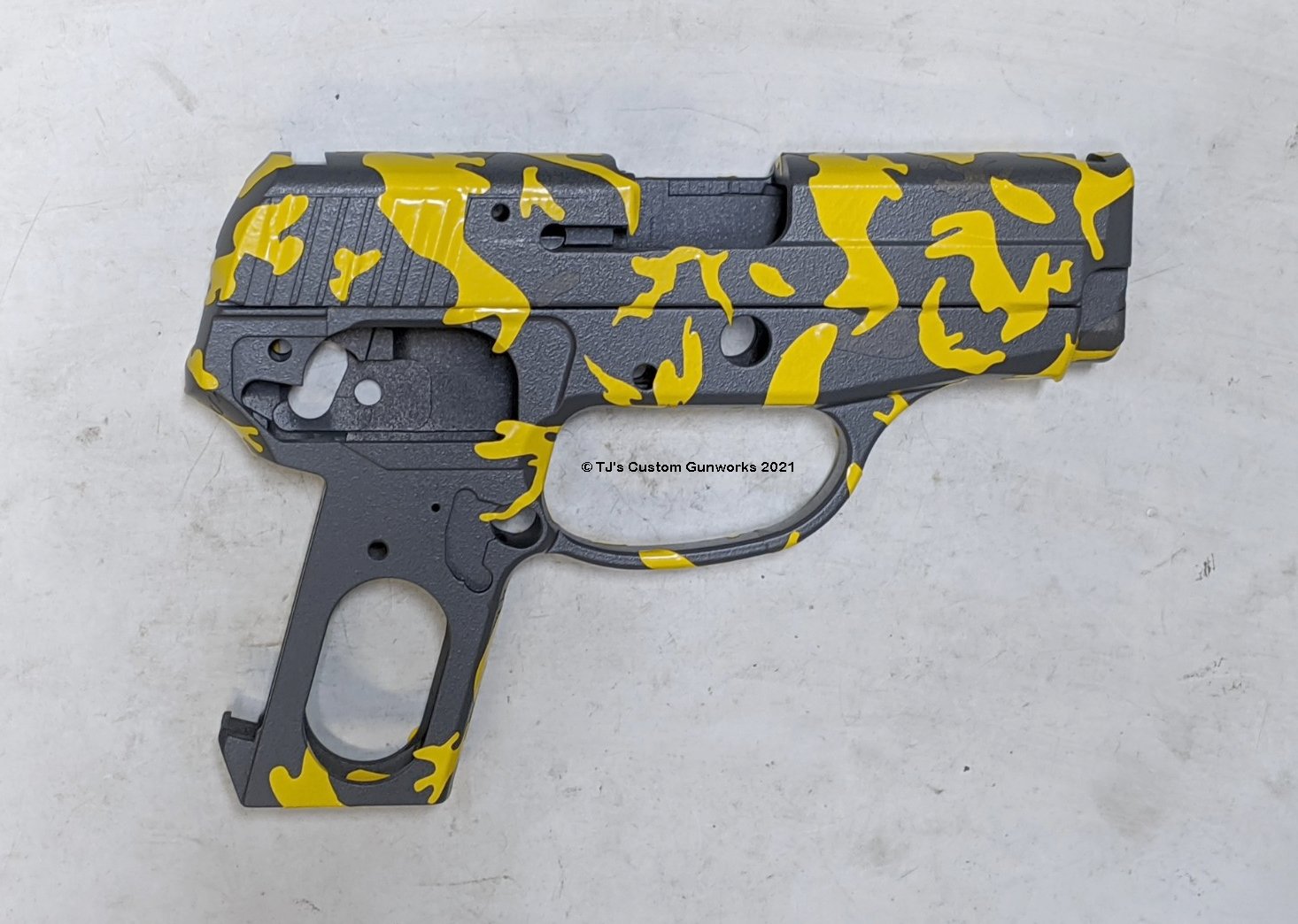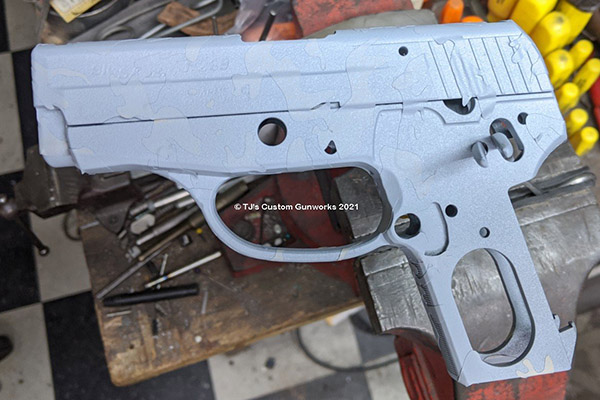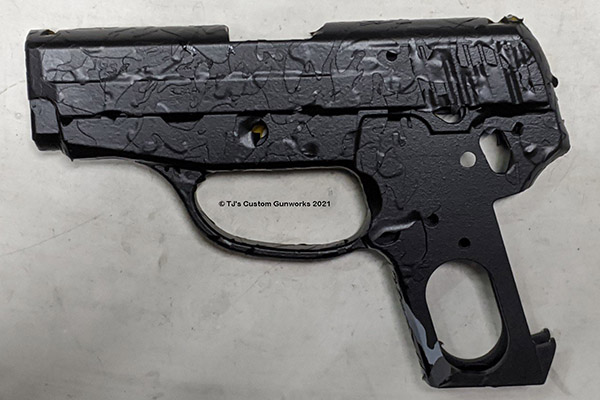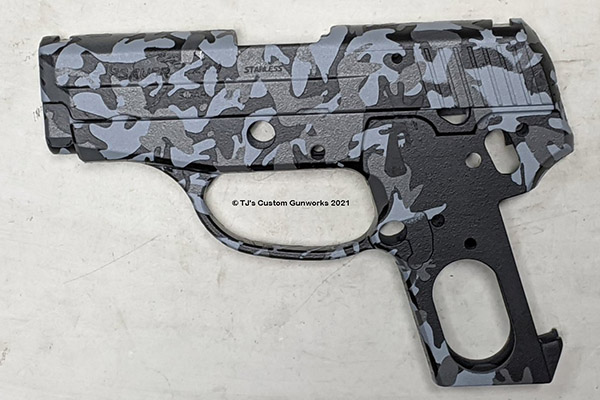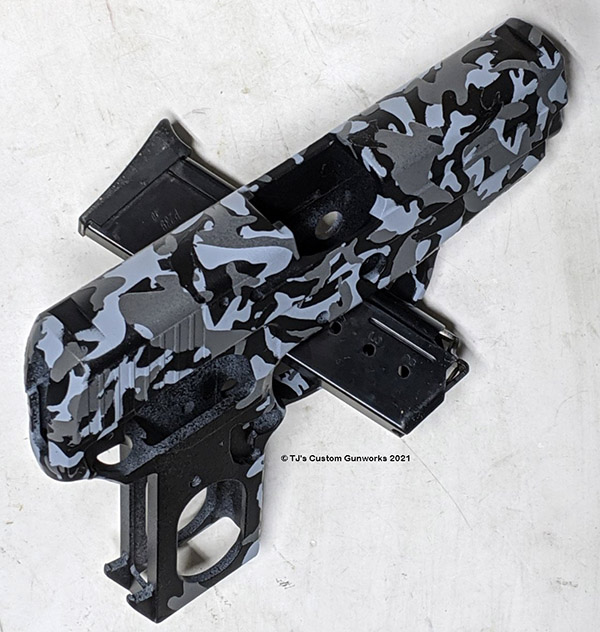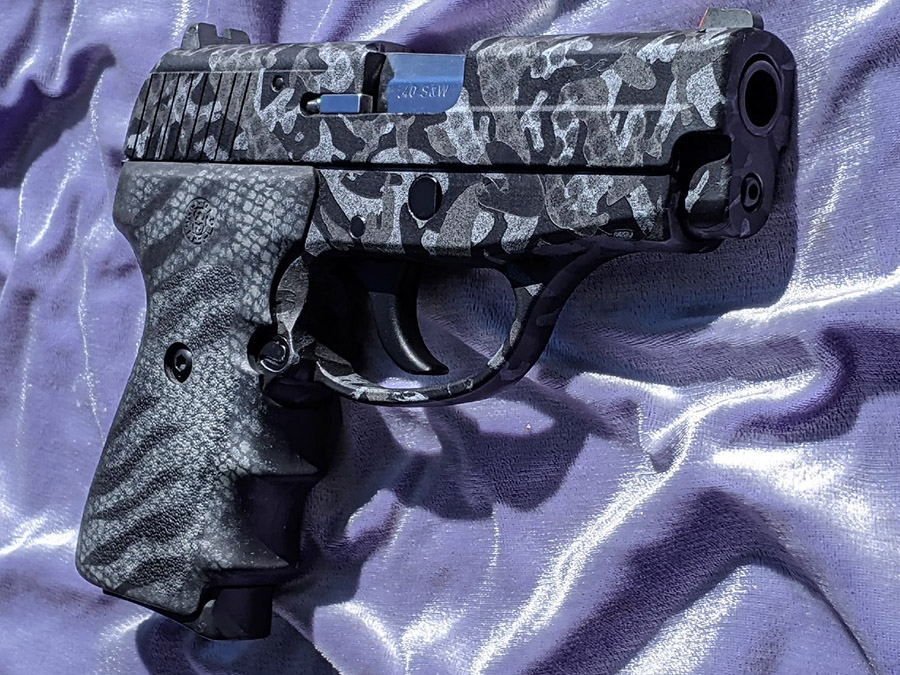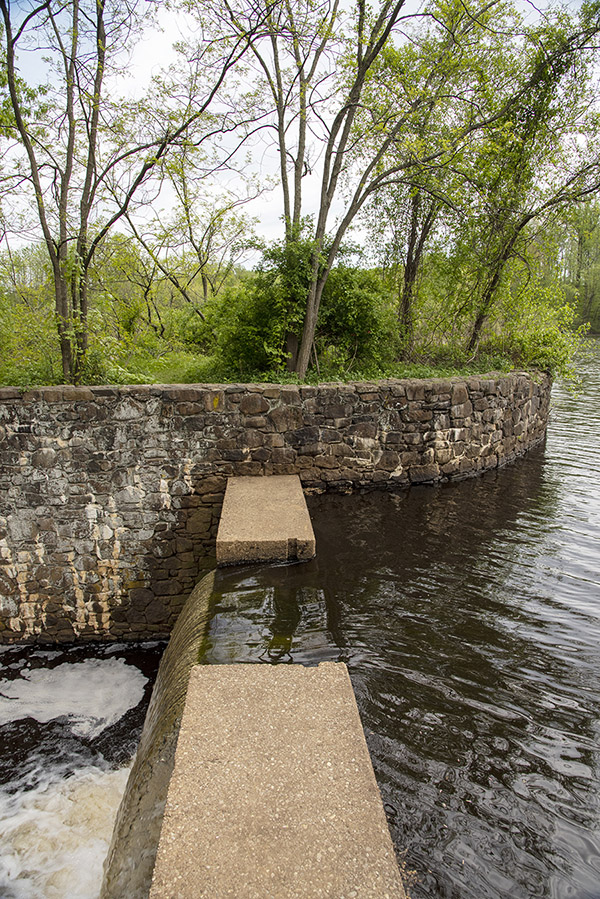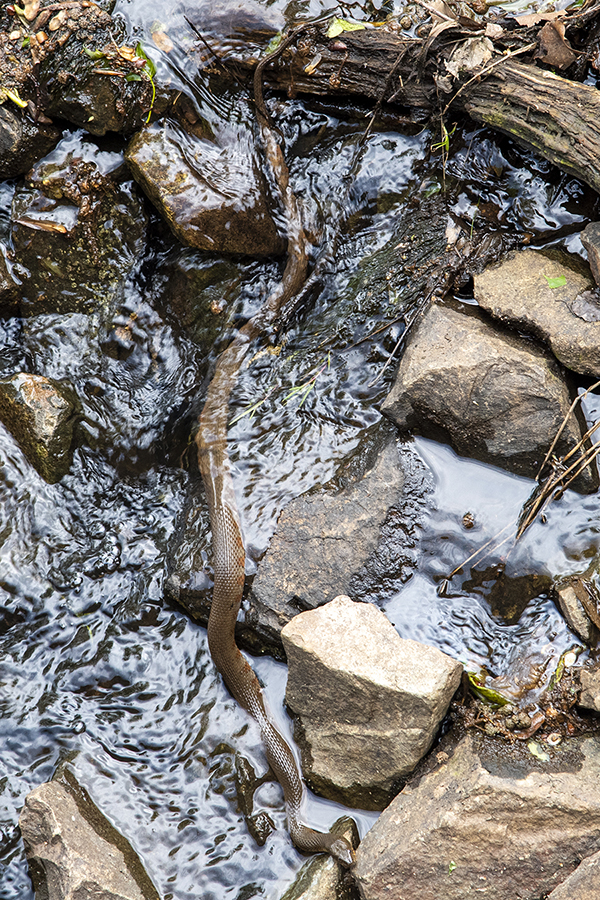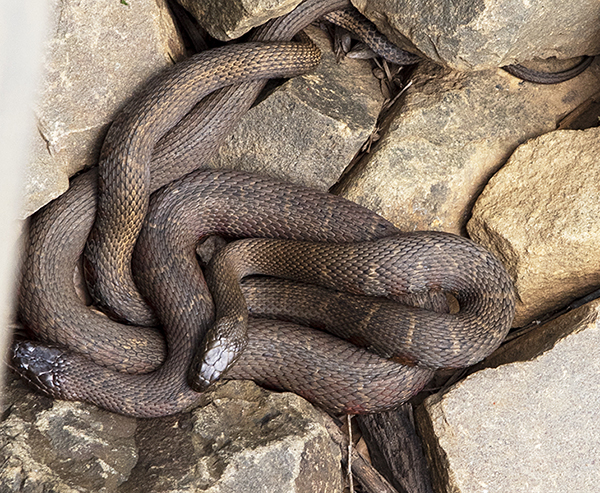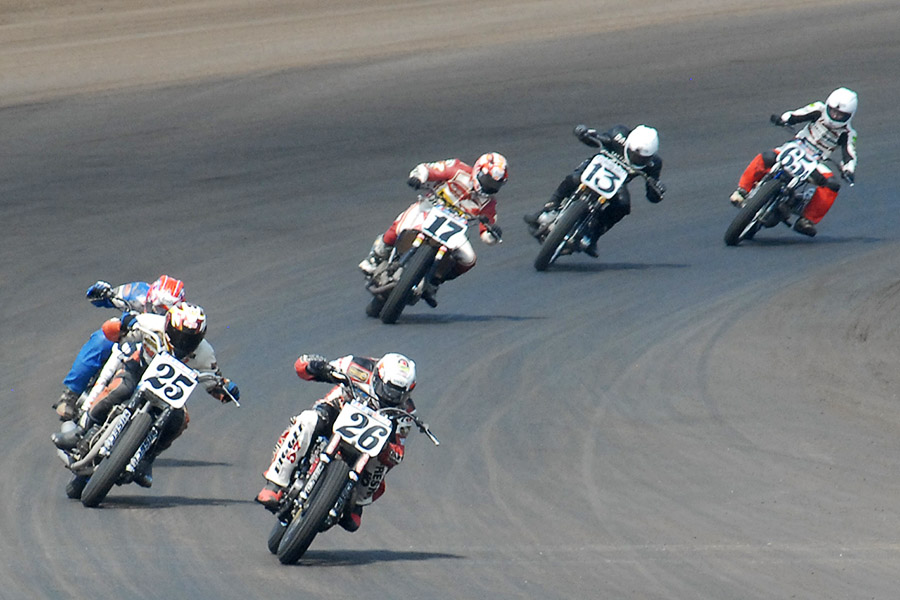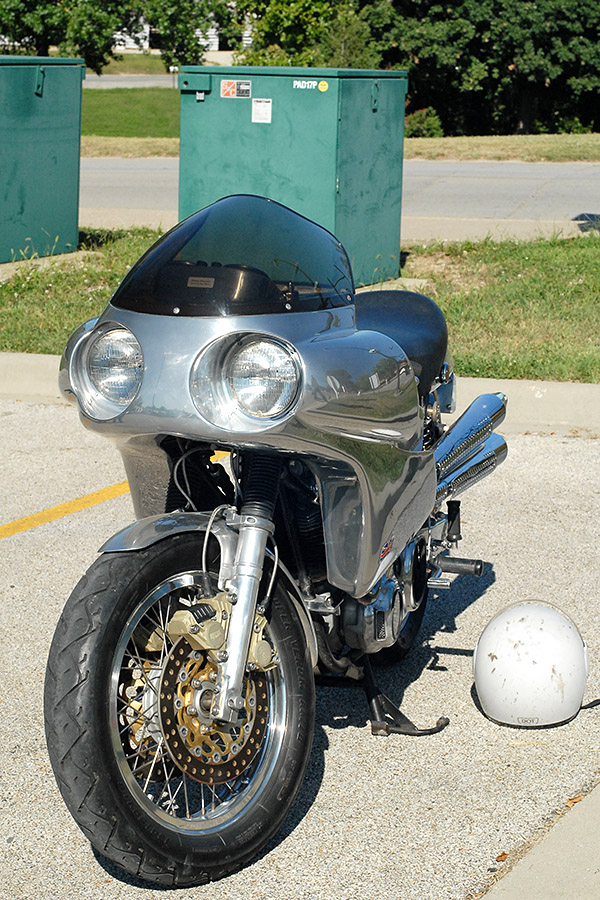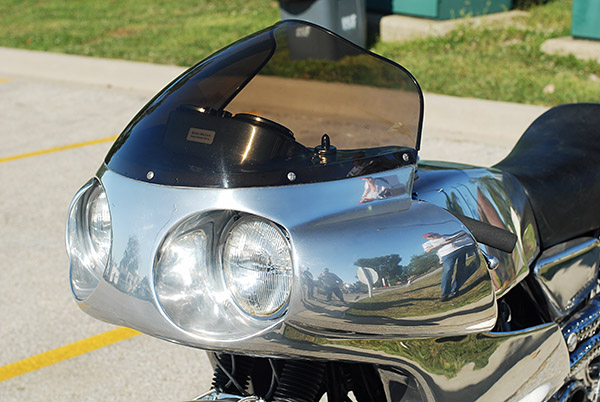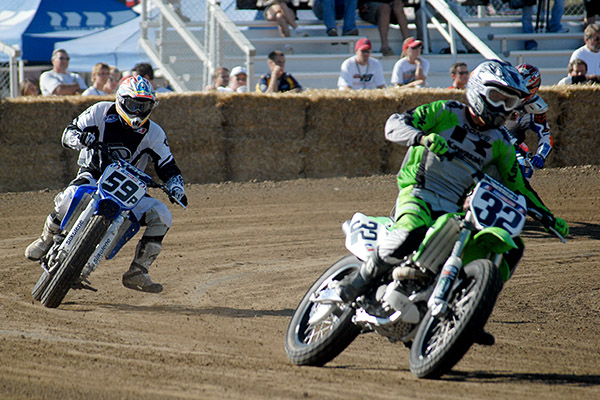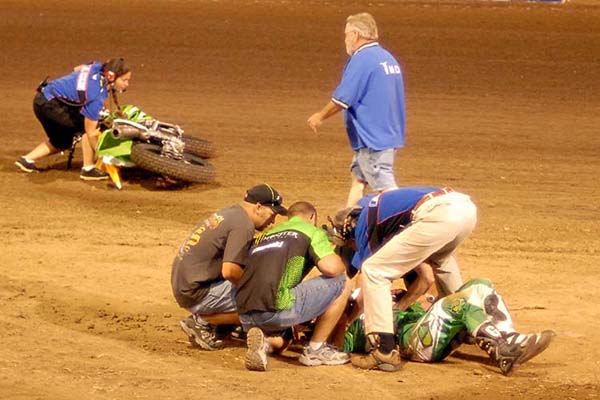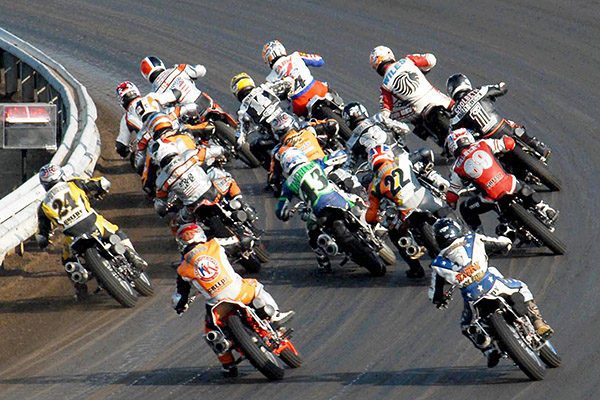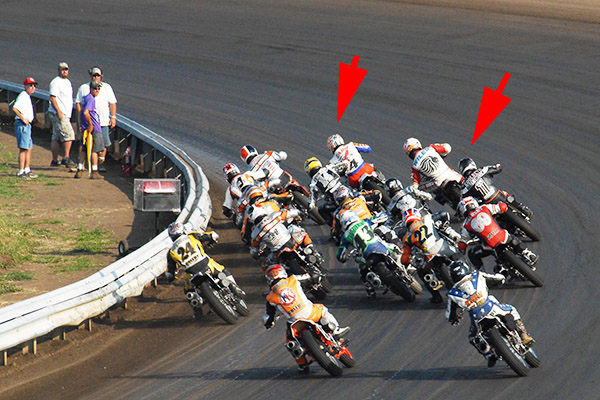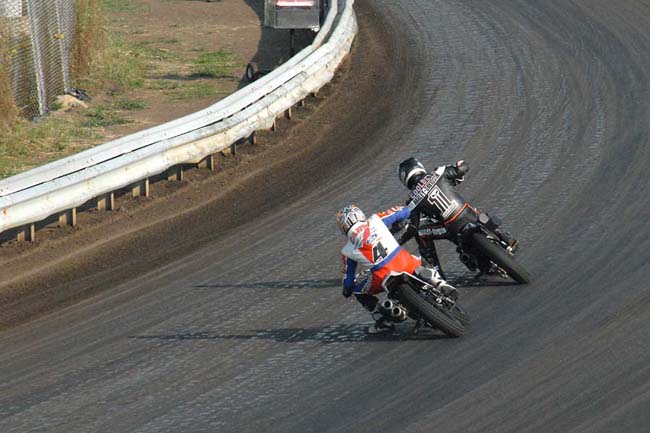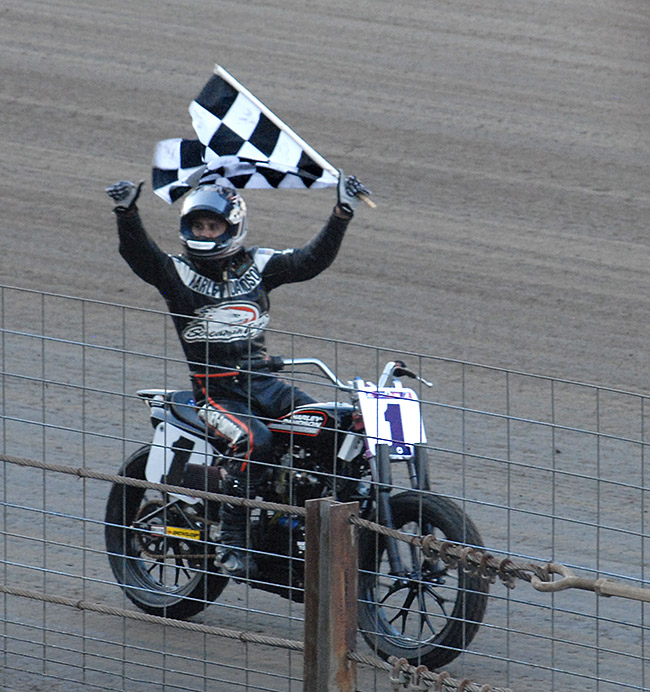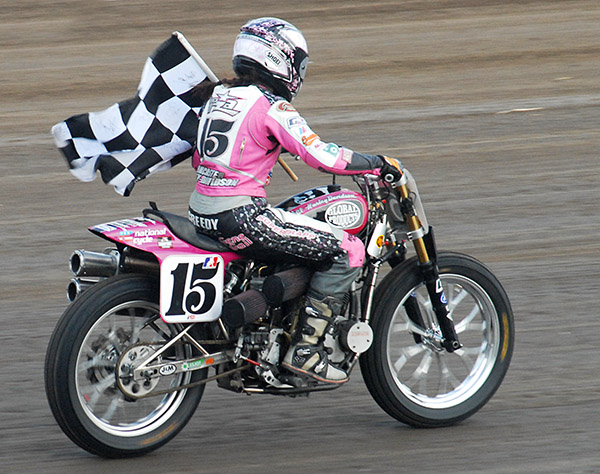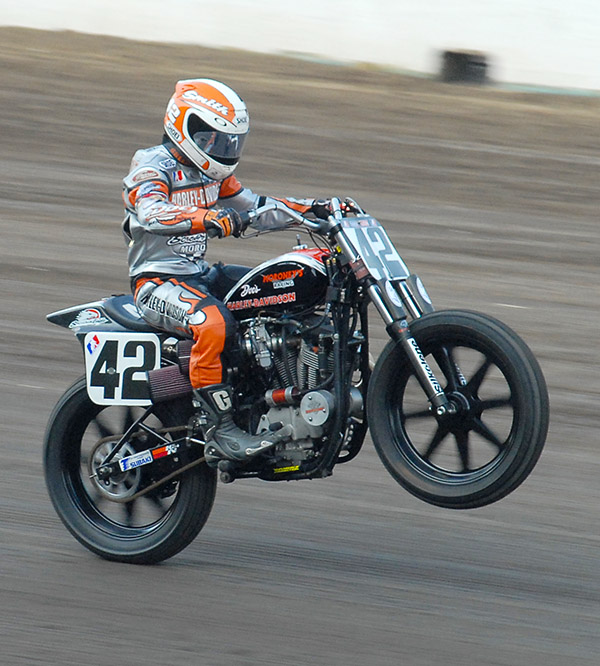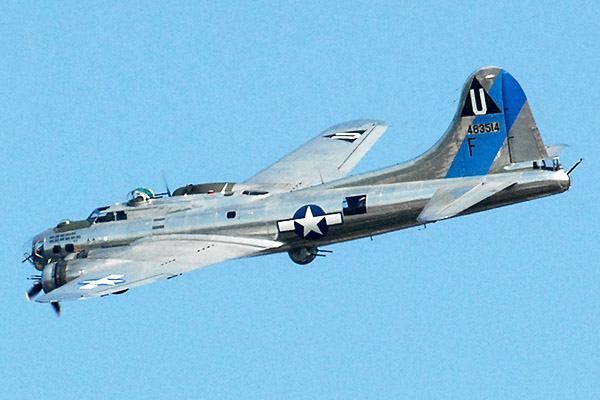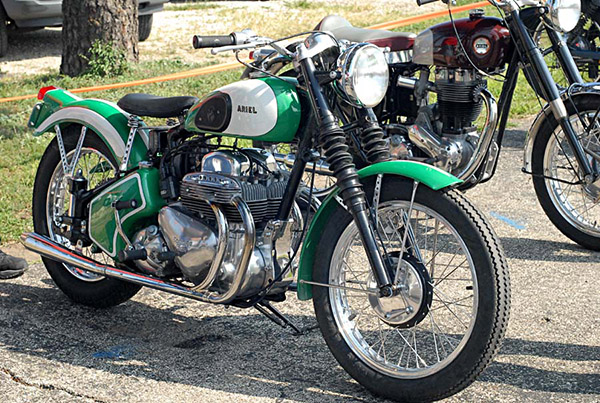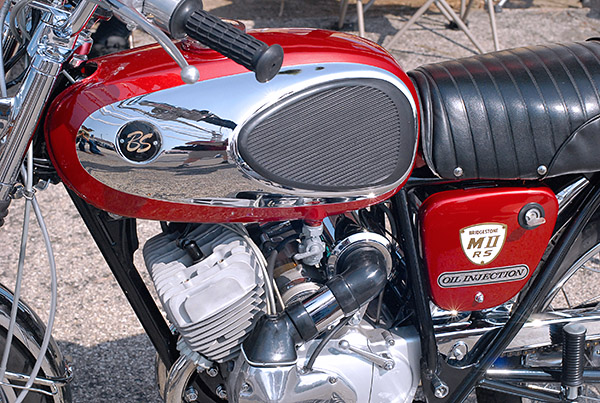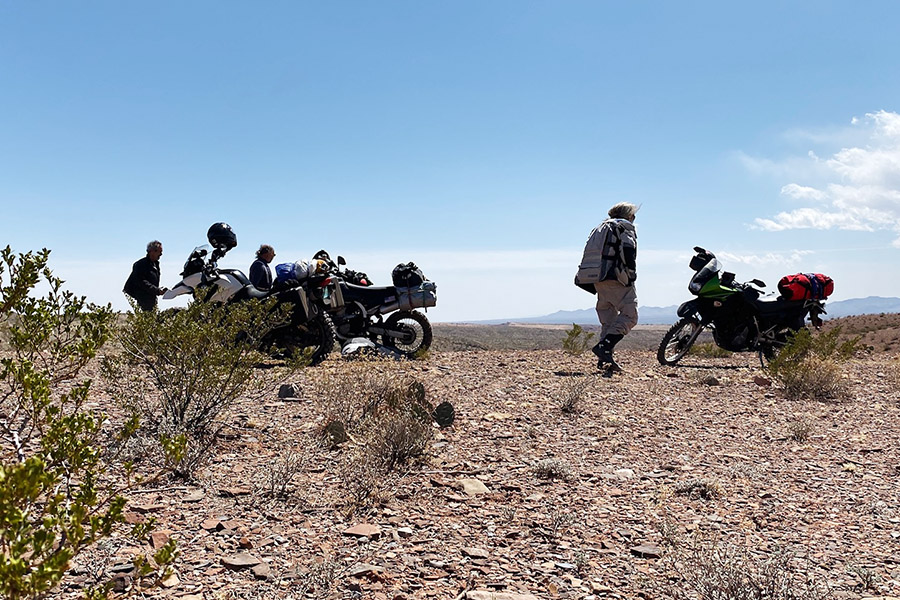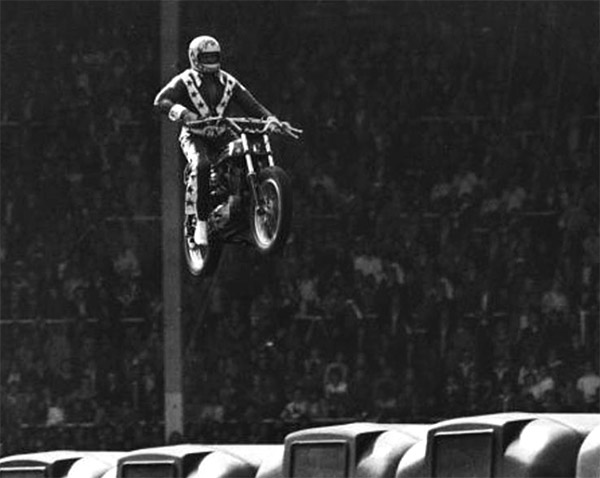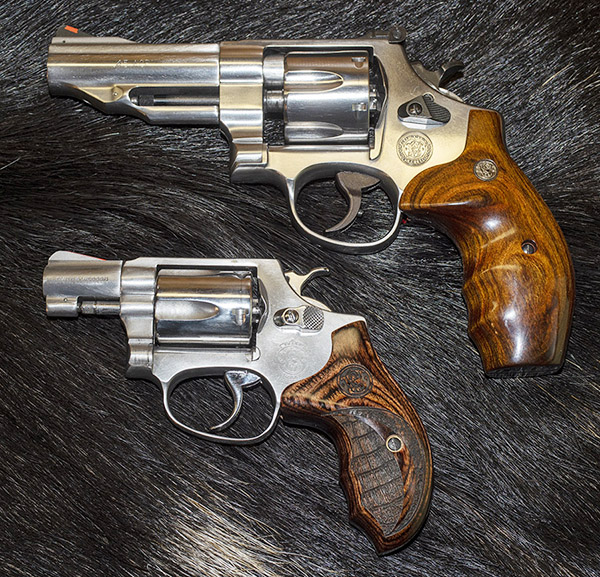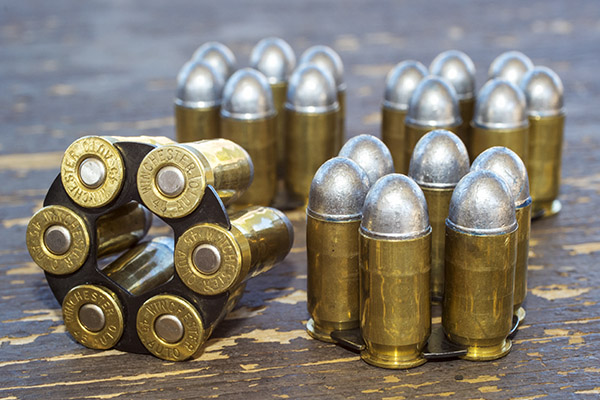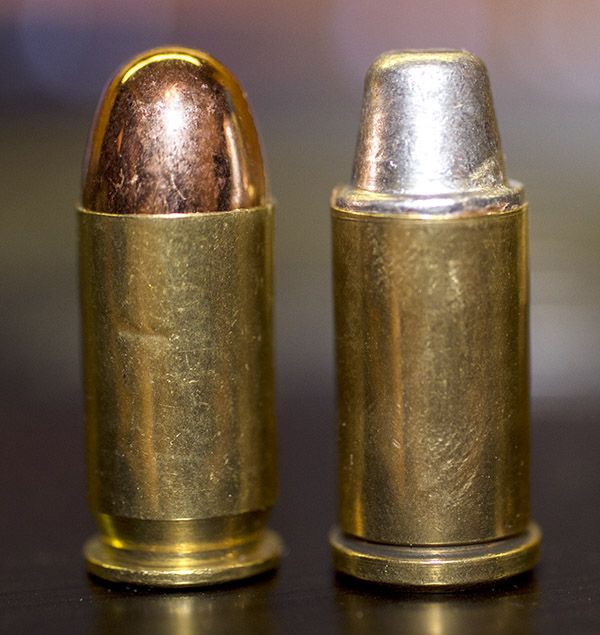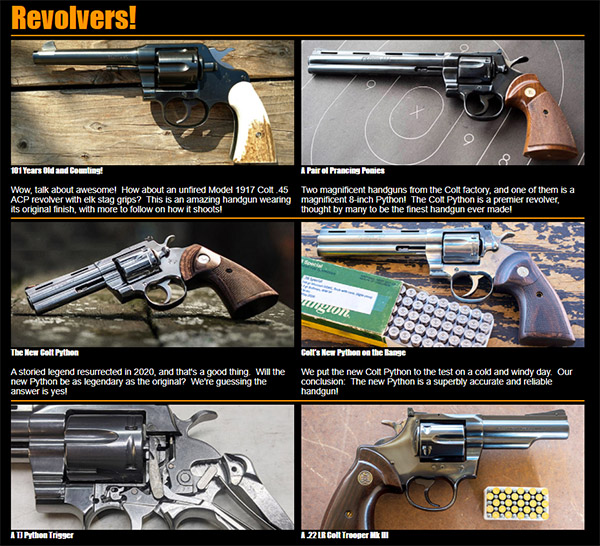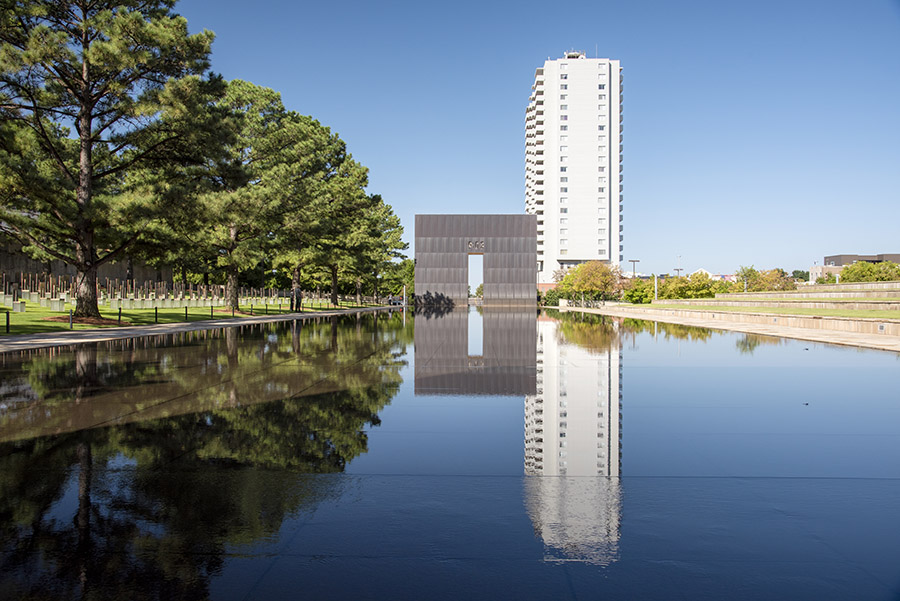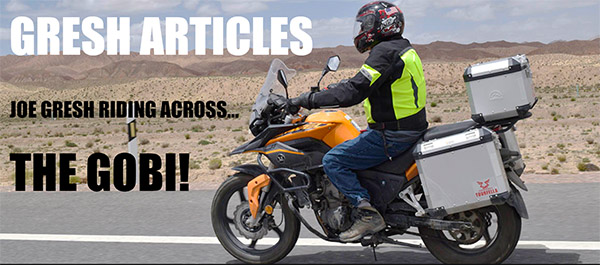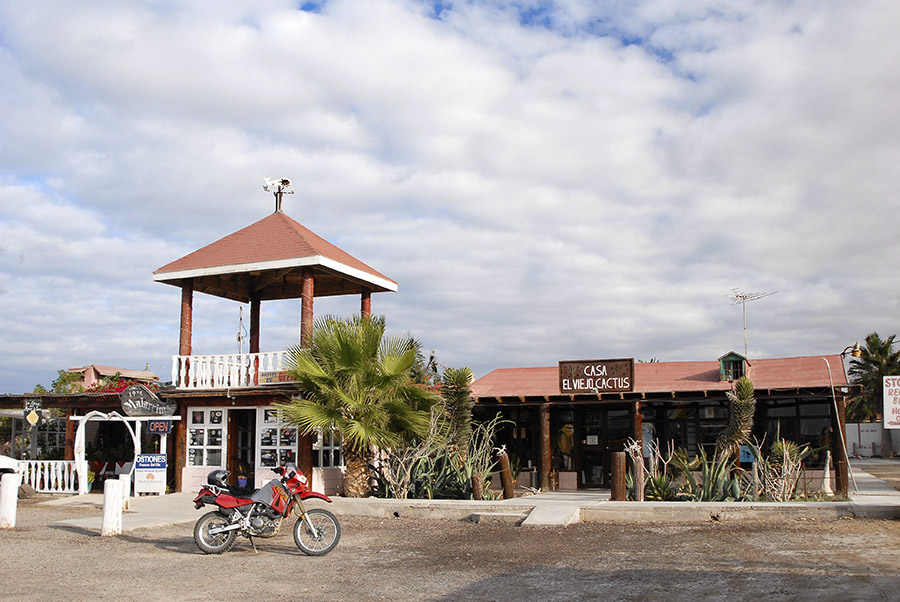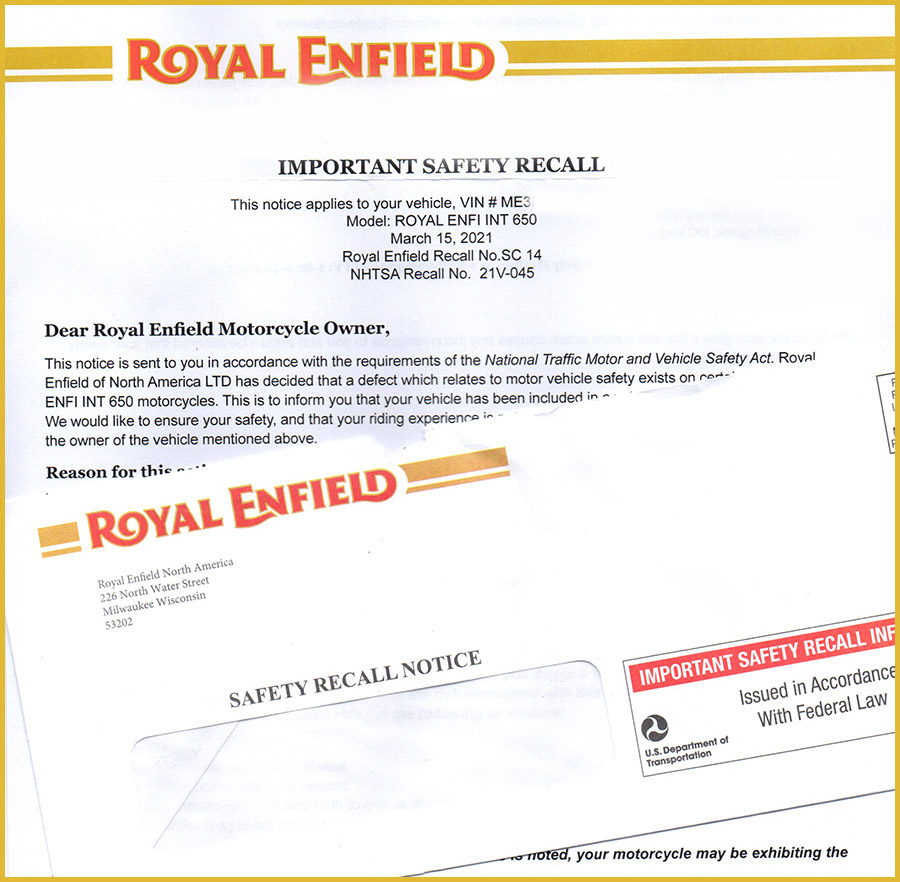This blog grew longer than I had planned. I thought I would touch on Malarrimo’s (one of my favorite hotels in Baja) and that would be it, but I realized once I got into it that there’s a lot more to the story and Guerrero Negro.
If you’re headed into Baja, especially if you’re headed there to see the whales, you’d be hardpressed to find a better hotel than Malarrimo’s in Guerrero Negro. Guerrero Negro is at the halfway point when headed down the Baja peninsula (it’s about 450 miles south of the border). It’s located along the 28th Parallel, the dividing line between Baja and Baja Sur (Baja’s two Mexican states).
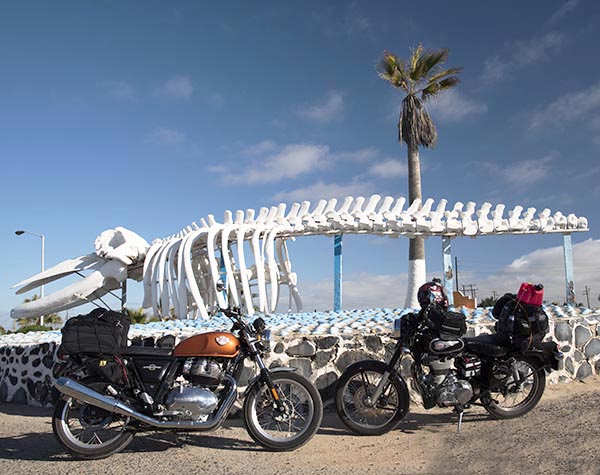
Although some might be inclined to dismiss Guerrero Negro because as little more than a gritty industrial town, it’s actually a pretty cool place to visit and a good base for further explorations. There’s whale watching, the ecological preserve, salt mining, the nearby cave paintings, the food, and more.
Ah, the food. As Gresh so aptly put it, no one loses weight on a Baja ride with me. I’ll get to that in a minute.
Don Enrique Achoy founded Malarimmo’s about a half century ago, and it has remained a family business. He was ahead of his time, offering eco tours to see the whales, the ecological preserve surrounding Scammon’s Lagoon, and more. There are other hotels in Guerrero Negro, but I always check Malarimmo’s first. It’s not fancy and at around $65 per night it’s a tiny bit expensive for Baja, but it is inviting. it’s clean, and I just feel good there. The restaurant is arguably the best in town, and I love the bar (more on both in just a bit).
Getting There
Malarrimo’s is easy to find. Just head south on the Transpeninsular Highway from the border for 450 miles. You’ll see a huge metal eagle at Parallelo 28 and a Mexican military base. Shortly after that, you’ll see a sign pointing to the right and Guerrero Negro.
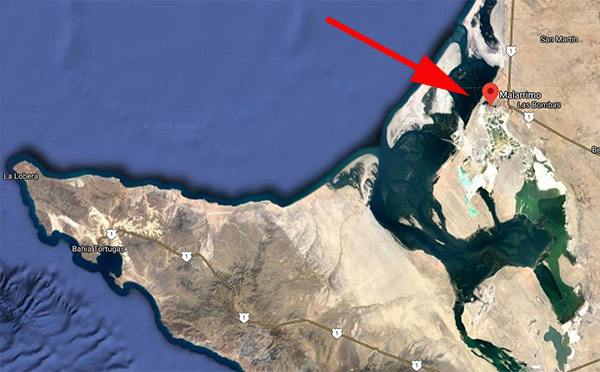
Take that right, and Malarimmo’s will be on your right as you enter town. You can’t miss it. Incidentally, the lagoon you see in the satellite photo above is Scammon’s Lagoon. It’s where the whales will be, which takes me to our next topic.
Whale Watching
Whale watching tours are available from January through March when the California gray whales are in town, and it is a life changing experience. Those are strong words and you might be tempted to dismiss them as hyperbole. Take one of Malarrimo’s 4-hour, $50 whale watching tours out on Scammon’s Lagoon and then you tell me. I’ll bet you come away feeling the same way.
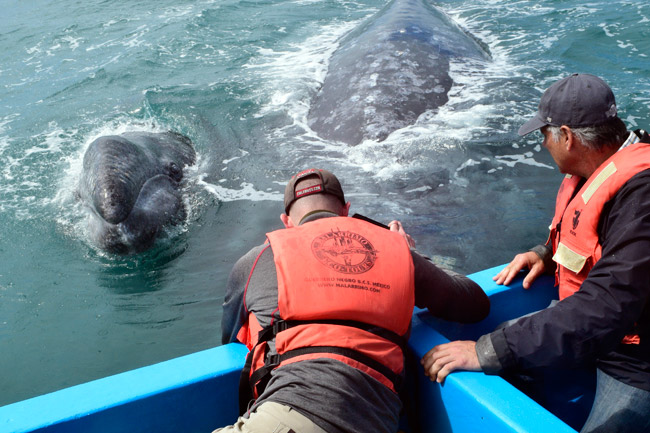
We have a lot more on whale watching on our Baja page, so I won’t spend too much time here on it. Trust me on this, though: It is like nothing you have ever done.
The Ecological Preserve
When you get a whale tour at Malarimmo’s, it will take about a half hour in a Malarimmo van to get to the where the pangas (the small boats that take you out to see the whales) are docked, and on that ride, you pass through an ecological preserve that is home to more than 150 wildlife species. You’ll see many nesting ospreys (a bird of prey), and if you’re lucky (like we have been) you’ll get to see an osprey enjoying a bit of sushi. It’s a fun thing to encounter.

Salt Mining
Guerrero Negro is a company town, and the company is Mitsubishi, which owns (along with the Mexican government) the salt processing operation. It’s one of the largest salt producing regions in the world. They use an interesting approach: Flooding the coastal plains near the town with seawater, allowing the water to evaporate, and then using earth moving equipment to scrape up the salt that remains behind.
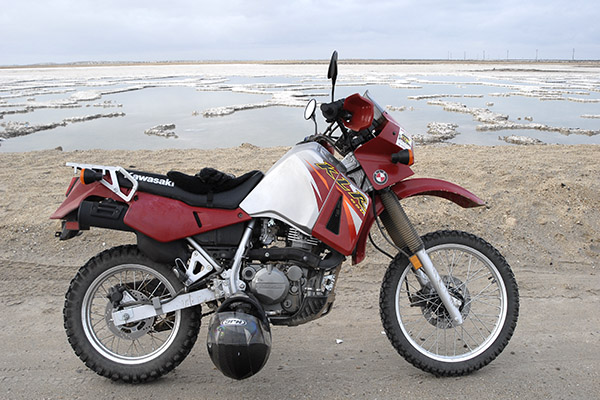
Guerrero Negro Cuisine
No discussion of Guerrero Negro would be complete without a discussion of the cuisine down there. In a word, it’s wonderful. My favorite meal? Fish tacos, served right off the truck (caught fresh daily) by my good buddy Tony. No one I’ve ever taken there has had anything but high praise for these incredible treats.
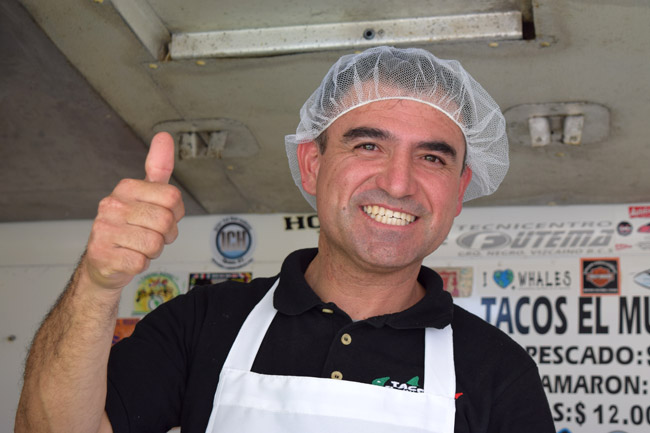
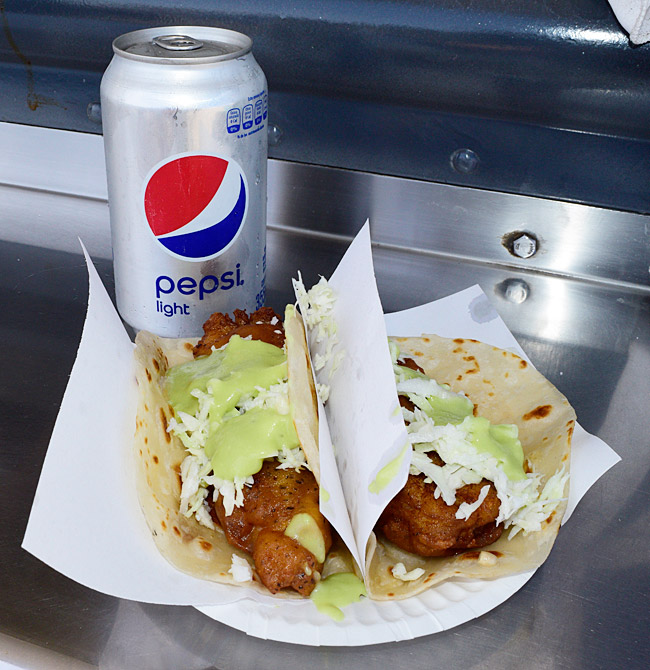
Another place I like is San Remedios, a restaurant a block or two north of the man drag through Guerrero Negro. Just head west a few blocks from Malarrimo’s, turn right, and you’ll find it. The food is awesome and the young ladies who serve it are stunning.
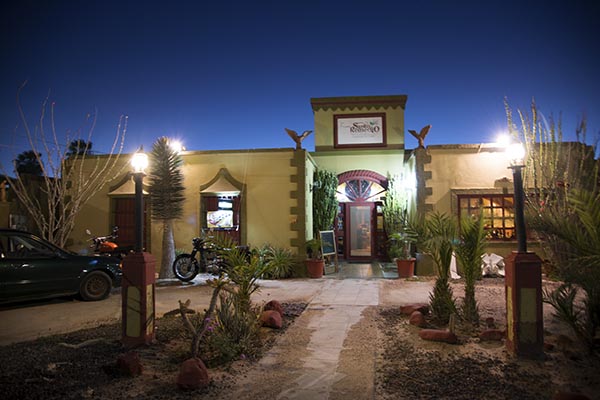
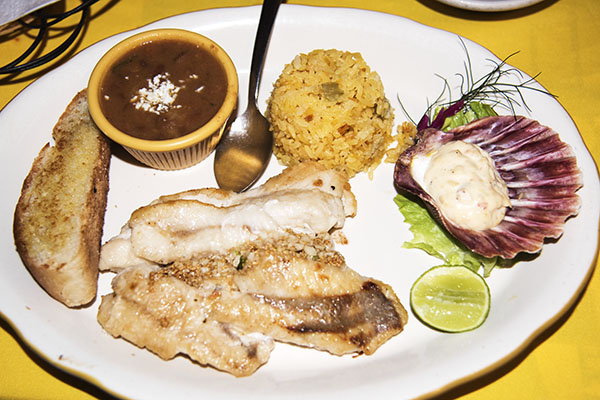

I’ve already mentioned the restaurant and bar at Malarimmo’s. You can’t have a bad meal at the Malarrimo’s restaurant, and the bar…wow, it’s interesting. The Guerrero Negro area forms a big hook out in the Pacific Ocean with the hook’s U facing north (you can see that in the satellite photo above). As a result, a lot of interesting stuff washes up on shore in that area, and Malarrimo’s has a collection of it hanging from the roof in their bar. It’s pretty cool.
There are other restaurants in Guerrero Negro, too, and I try to make it a point to try a new one each time I am there. Baja John and I enjoyed an amazing Chinese dinner in Guerrero Negro on one trip; try Lucky’s if you feel like something different.
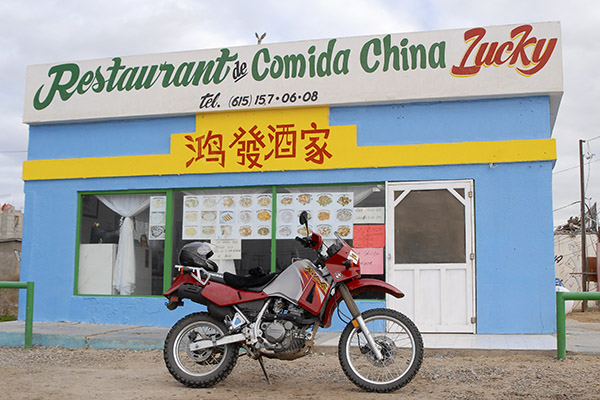
The Cave Paintings
There are several cave paintings located throughout Baja. This is real Indiana Jones stuff; the cave paintings are estimated to be about 10,000 years old and not much is known about the people who put them there. They are all relatively remote, too, but one of the easier (I’m using that word in a comparative sense) ones to get to are the cave paintings in Baja’s Sierra San Francisco Mountains.

The cave paintings near Guerrero Negro are further south and east of the Transpeninsular Highway (Highway 1, the main and often only road running north and south in Baja). You take Highway 1 south and then turn left after passing through the town of Vizcaino to head east and up into the Sierra Francisco mountains. It’s a magnificent ride with an awesome climb into the mountains, then the road turns to dirt and then it becomes, for lack of a better word, gnarly. You buy tickets and secure a guide in a small village, and then double back for maybe a mile to see the paintings. If you have a 4WD car or a dual sport (or ADV) motorcycle, you can get there on your own; if you don’t, you can grab a tour that leaves from Malarimmo’s. It will take most of a day to get out there, see the paintings, and get back to Guerrero Negro, but it’s well worth it.
There’s a lot more to Baja’s cave paintings, but it’s too much to include here. Watch for a future blog on this topic.
So there you have it: Guerrero Negro, Malarimmo’s, and a bunch of things you can do while in that area. I love everything about Baja, and I especially love the Guerrero Negro area. You will, too.
When you head into Mexico, make sure you insure with BajaBound. They are the best, and they are the only insurance company we will ever use.

More Baja, including a list of our other favorite Baja hotels and things to see and do, is here on the ExNotes Baja page.
Never miss an ExNotes blog: Sign up here!
So what’s it like to ride in Baja? You can learn more with Moto Baja!
